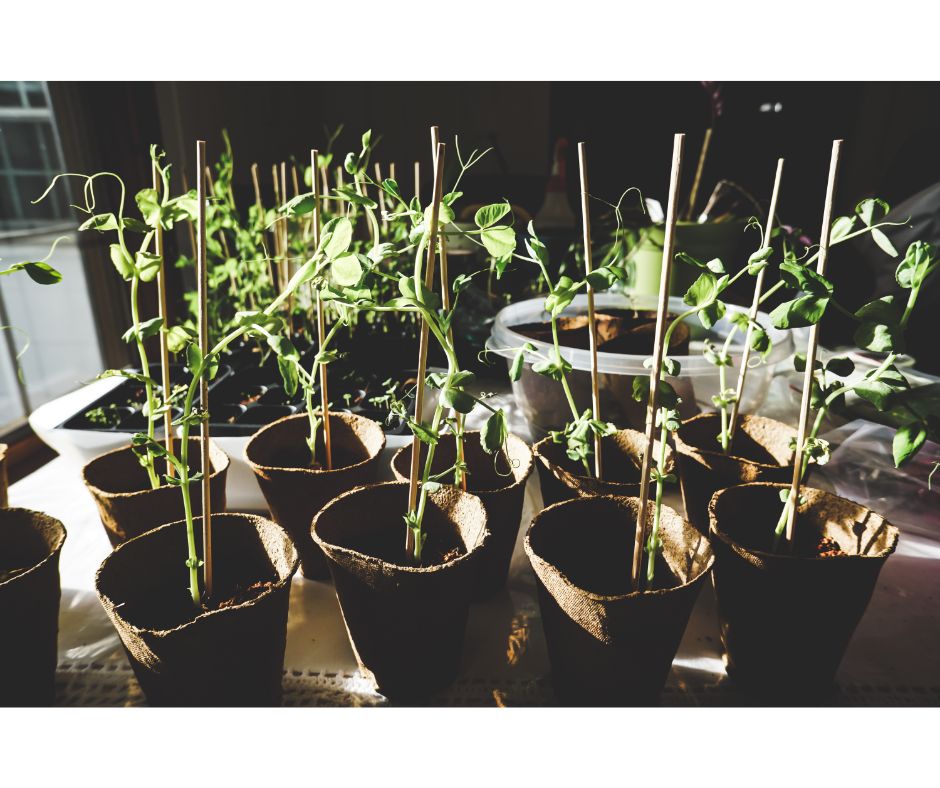
Hi, Harvest Hero’s
By being informed, you can make the most out of treated and primed seeds for a successful and productive gardening experience. Here is fundamental information on using both in your home garden.
𝐓𝐫𝐞𝐚𝐭𝐞𝐝 𝐒𝐞𝐞𝐝𝐬: Treated seeds are coated to protect against pathogens and enhance germination. Treated seeds are coated with a substance to protect them from various seed- or soil-borne pathogens. This treatment enhances the seed’s germination rate and overall seedling health. You can store treated seeds like untreated in cool, dry conditions for a few years.
Here are some examples of vegetable seeds that you might find available as treated seeds:
Tomatoes, cucumbers, lettuce, carrots, peas, beans, corn, spinach, radish, and cabbage.
𝐏𝐫𝐢𝐦𝐞𝐝 𝐒𝐞𝐞𝐝𝐬: Primed seeds are pre-germinated to ensure faster and more uniform growth under challenging conditions. This process brings seeds closer to the point of germination, allowing for faster and more uniform emergence when planted, especially under adverse soil conditions. Always use primed seeds in the growing season immediately following purchase.
Here are examples of vegetable seeds that are often available as primed seeds:
Lettuce, Carrot, Broccoli, Cauliflower, Cabbage, Spinach, Beet, Onion, Parsnip, and Celery.
𝐏𝐥𝐚𝐧 𝐘𝐨𝐮𝐫 𝐆𝐚𝐫𝐝𝐞𝐧: Both types of seeds are used for specific purposes. Plan your garden to take advantage of the benefits each type offers, such as using treated seeds in areas prone to certain diseases or using primed seeds for crops that are typically challenging to germinate.
Both kinds of seed are valuable for gardeners to help ensure successful plant growth and yield. If you plan to use these types of seeds, do your research first.
Watch for my next gardening tip on Seed Shelf Life – you won’t want to miss it!
Until next time, Harvest Hero’s,
𝐊𝐄𝐄𝐏 𝐂𝐔𝐋𝐓𝐈𝐕𝐀𝐓𝐈𝐍𝐆 𝐆𝐑𝐄𝐀𝐓𝐍𝐄𝐒𝐒!
